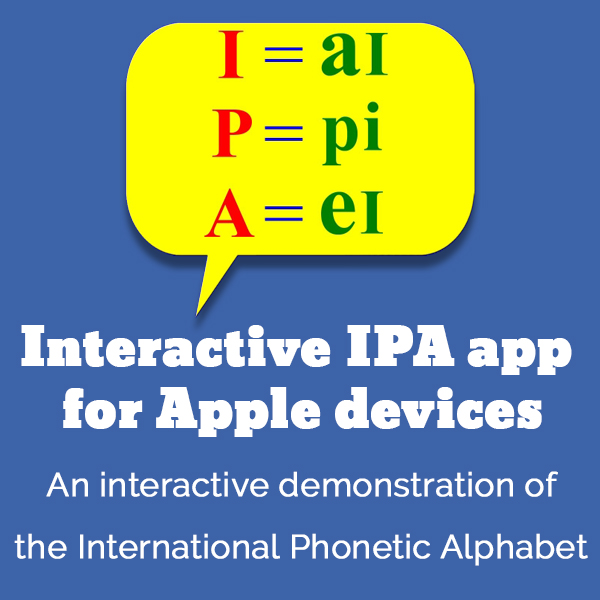Scotland 7
Listen to Scotland 7, a 21-year-old woman from Wick, Scotland. Click or tap the triangle-shaped play button to hear the subject.
Both as a courtesy and to comply with copyright law, please remember to credit IDEA for direct or indirect use of samples. IDEA is a free resource; please consider supporting us.
BIOGRAPHICAL INFORMATION
AGE: 21
DATE OF BIRTH (DD/MM/YYYY): 1979
PLACE OF BIRTH: Wick, Scotland
GENDER: female
ETHNICITY: Caucasian
OCCUPATION: student
EDUCATION: When recorded, subject was a drama student.
AREA(S) OF RESIDENCE OUTSIDE REPRESENTATIVE REGION FOR LONGER THAN SIX MONTHS:
The subject had been living in Glasgow for the four years prior to the recording.
OTHER INFLUENCES ON SPEECH: N/A
The text used in our recordings of scripted speech can be found by clicking here.
RECORDED BY: Ros Steen
DATE OF RECORDING (DD/MM/YYYY): 2001
PHONETIC TRANSCRIPTION OF SCRIPTED SPEECH: N/A
TRANSCRIBED BY: N/A
DATE OF TRANSCRIPTION (DD/MM/YYYY): N/A
ORTHOGRAPHIC TRANSCRIPTION OF UNSCRIPTED SPEECH:
I come from a small town called Wick, known to the locals as Wack [sp?], in the far north of Scotland in Caithness, in the area of Caithness. It’s a small town, um … inhabits about ten-thousand people, which sounds quite a lot for a small town in the north of Scotland. Um, the place that everybody will know that’s just beside is John O Groats, and it’s only twenty minutes’ drive to John O Groats from Wick. Wick is a typical small town that’s full of local characters, and it has lots of local businesses as well. There aren’t many things to do in Wick, but you get used to that when you’ve lived there all your life. You get used to things like the sea, which you miss when you come to a big city, and I guess all the gossip you get as you just walk along the street. A big culture shock for the first time because you are used to, um, walking along and meeting people on the street and having a [unclear] there for absolutely ages, and when you come to Glasgow you just walk …
TRANSCRIBED BY: Karina Lemmer
DATE OF TRANSCRIPTION (DD/MM/YYYY): 15/07/2008
PHONETIC TRANSCRIPTION OF UNSCRIPTED SPEECH: N/A
TRANSCRIBED BY: N/A
DATE OF TRANSCRIPTION (DD/MM/YYYY): N/A
SCHOLARLY COMMENTARY:
Caithness is the most northerly county in mainland Britain with only one land boundary, that of Sutherland. Caithness speech is a branch of Northern Scots speech, a pocket of Scots in an otherwise Gaelic-speaking area. Within Northern Scots speech, the speech of Wick forms a distinct “pocket” of sound. As with most Scots dialects, there is a continuumn from a strong use of the dialect to Standard English with a Caithness accent. Our speaker is an example of the latter. In the stronger form of the accent, the key characteristics found include: the dropping of initial /th/ in “there,” “that,” “they” and especially “the,” which is reduced to the sound /ee/ or /i/, for example, “bides ‘e centre ‘e toon,” meaning “he lives in the center of the town.” Also note the use of a slightly retroflexed /r/, as in “work.” You can hear in this sample a stronger version of the East Coast tendency to pitch slightly upward on a stressed word, as well as the use of the ubiquitous glottal stop, e.g., beautiful, token, little, but. The slightly darkish /l/ sound may have been influenced by the fact that the speaker has studied in Glasgow for four years. Blether is the Scots word for foolish or idle talk.
COMMENTARY BY: Ros Steen
DATE OF COMMENTARY (DD/MM/YYYY): 2001
The archive provides:
- Recordings of accent/dialect speakers from the region you select.
- Text of the speakers’ biographical details.
- Scholarly commentary and analysis in some cases.
- In most cases, an orthographic transcription of the speakers’ unscripted speech. In a small number of cases, you will also find a narrow phonetic transcription of the sample (see Phonetic Transcriptions for a complete list). The recordings average four minutes in length and feature both the reading of one of two standard passages, and some unscripted speech. The two passages are Comma Gets a Cure (currently our standard passage) and The Rainbow Passage (used in our earliest recordings).
For instructional materials or coaching in the accents and dialects represented here, please go to Other Dialect Services.
 IDEA: International Dialects of English Archive
IDEA: International Dialects of English Archive


